07:00, 10/30/2023
In agriculture , to be effective and increase value, we must "join hands" to produce on a large scale, synchronously and with links from production, processing to consumption between farmers, cooperatives and enterprises. In Dak Lak, this trend has also been applied and brought about efficiency.
Production linkage for mutual benefit
In Cu M'gar district, there are 51 cooperatives and 14 cooperative groups operating. Up to now, 5 cooperatives and 8 cooperative groups have implemented production linkages with enterprises. According to the assessment of local authorities, linkage models bring great benefits to farmers and cooperatives and cooperative groups in reducing production costs, producing on a large scale, uniform product quality, sustainable farming and stable consumption markets.
One of the units that has built a strong and effective production link in this locality is the Cong Bang Ea Kiet Agricultural and Service Cooperative. The Cooperative has connected 97 farmers producing 200 hectares of coffee, with an annual output of more than 700 tons, with Dakman Vietnam Co., Ltd. to produce and process coffee according to Fairtrade (FLO) standards and the products are purchased by the enterprise at a price higher than the market price, bringing great profits to the Cooperative and farmers.
In recent times, Nam Truong Son Cocoa Company Limited (Krong Ana District) has also built links with farmers and cooperatives in production, processing, and consumption associated with the cocoa product value chain. The company has linked with two cooperatives in Ea Kar District and a cooperative group in Krong Ana District to form a specialized cocoa growing area with the participation of 200 households, with an area of 250 hectares, and an output of 200 tons of beans/year.
In this chain, farmers are supported to apply technical advances in cultivation, cocoa fermentation and processing and to purchase products at prices 20% higher than the market. On the business side, the benefit is a stable source of raw materials, ensuring quality for production, ensuring the requirements of the domestic and export markets.
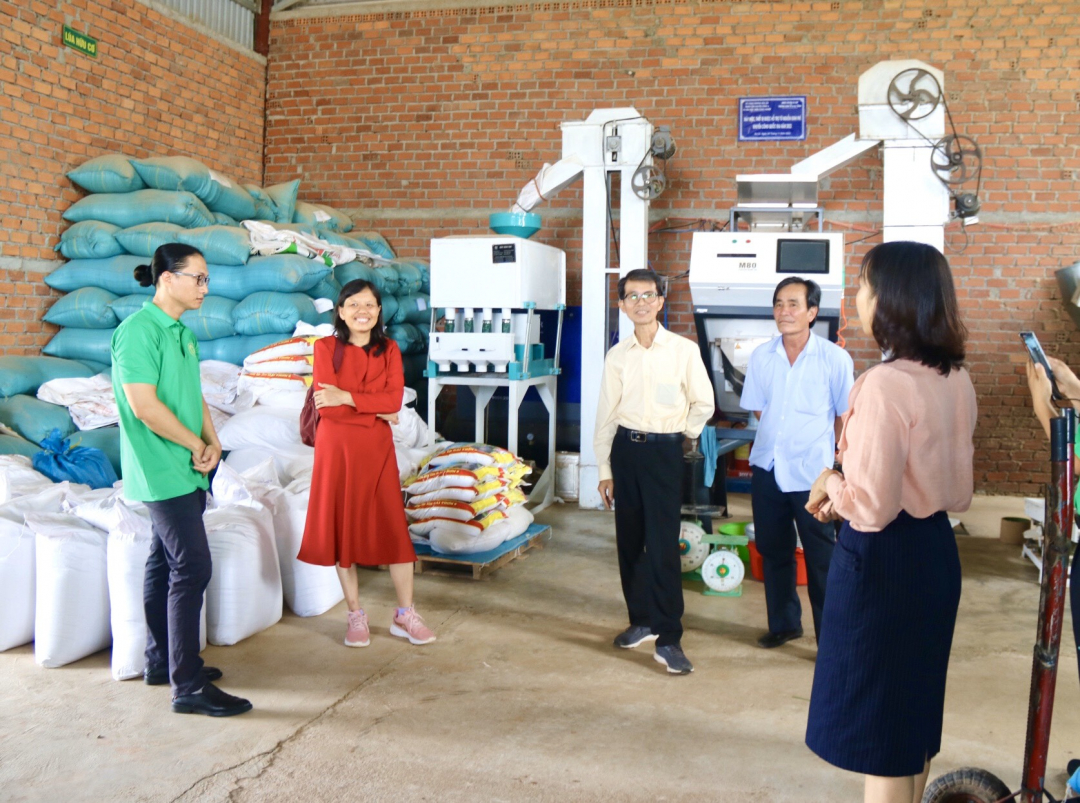 |
| Enterprises survey and explore opportunities to cooperate with Ea Sup Poverty Reduction Cooperative (Ea Sup district). Photo: P. Thao |
The province currently has 150 cooperatives linking production and product consumption with enterprises, 276 farms and households linking with enterprises. The chains have the participation of enterprises, cooperatives and farmers, focusing on the province's key products such as coffee, rice, durian, etc.
In addition, implementing Decree 98/2018/ND-CP, dated July 5, 2018 of the Government on policies for developing cooperation and association in production and product consumption, there have been 114 production chains supported by the State with a budget of more than 7.5 billion VND and 10 production chains linked by enterprises and people themselves.
“Cooperatives must have a team of dedicated and responsible managers; cooperative members must perform their roles and obligations well. Agricultural cooperatives must be concerned and take care of the input and output services of the household economy ” – Vice Chairman of the Provincial People’s Committee Nguyen Thien Van. |
In production linkage, enterprises make requirements on quantity and quality of products, seek consumption markets, support investment, and provide technical guidance. Farmers must produce according to technical processes, creating consistent, high-quality products.
For the linkage chains to be highly effective, the role of cooperatives is very important, as a "bridge" between farmers and enterprises. The formation of these production linkage chains has improved the quality and value of agricultural products, increased income for people, developed agriculture in a sustainable direction and contributed positively to the implementation of the local New Rural Development Program.
Must ensure "three similarities" in production
According to the assessment of the Department of Agriculture and Rural Development, linkage, cooperation in production and consumption of agricultural products has developed in recent times, but the full potential of linkage has not been exploited. The linkage contracts still have many shortcomings, lacking sanctions when one party violates the contract.
When the market price increases compared to the price agreed in the contract, the seller (usually farmers or cooperatives) is willing to "turn around" and sell to another partner instead of the committed unit; conversely, when the price of agricultural products drops, some enterprises also turn around and force farmers or cooperatives to buy at a lower price.
This is a major difficulty in the linkage process, because to produce effectively and sustainably, it is necessary to ensure the harmony of interests of the factors participating in the value chain (producers, processors, distributors, consumers), but most current linkages lack a risk-sharing mechanism.
The link between farmers and cooperatives is not really sustainable; many farmers do not pay attention to group linkages and still produce fragmentedly, so they have not created concentrated production areas or large-scale, stable product lines. Therefore, cooperatives cannot link with enterprises when requiring large output of goods.
On the contrary, there are cooperatives that cooperate with enterprises to organize production and consumption of products but are still limited in output, and enterprises do not consume all of them. In addition, some cooperation and association models only stop at the stage of signing memorandums of understanding or verbal agreements, not expressed in contracts and do not have price insurance policies.
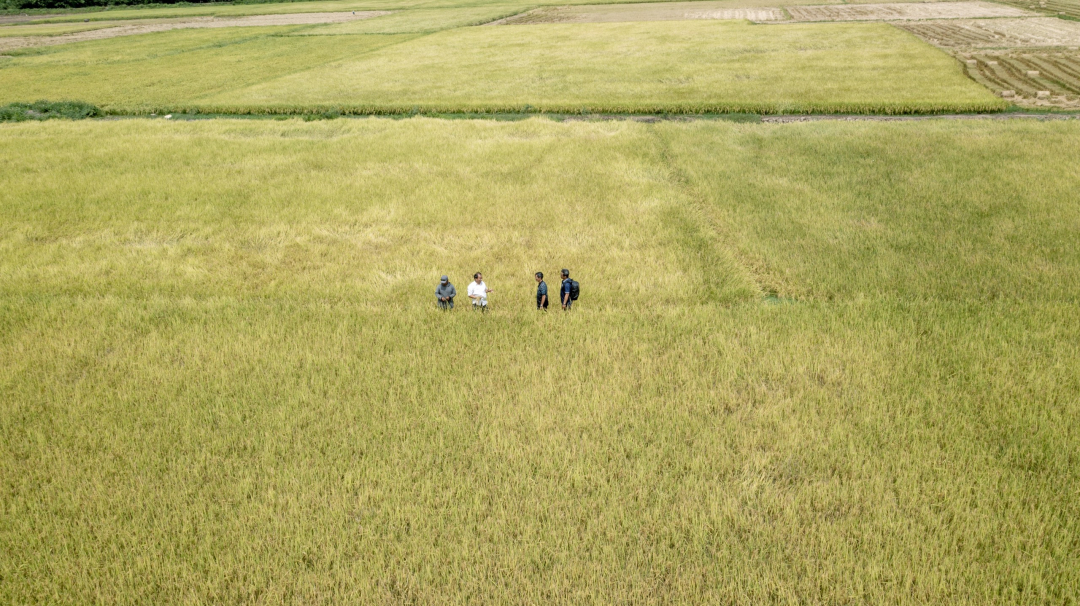 |
| Rice production according to the large-scale field model at Thang Binh Agricultural Service Cooperative (Krong Bong district). Photo: P. Thao |
The whole province strives to have at least 10 typical advanced cooperative models developing towards internationally certified production by 2025; 65% of agricultural cooperatives link with enterprises in production associated with product consumption according to the value chain and OCOP products (One Commune One Product Program).
According to Vice Chairman of the Provincial People's Committee Nguyen Thien Van, Head of the Steering Committee for Innovation in Developing Collective Economy and Cooperatives of the province, currently, for some key products in the province, there are requirements for origin, growing area codes, brands, and trademarks, so cooperatives must also change and redirect according to market requirements.
In the chain of linkage, first of all, it must come from the extremely necessary requirements of the household economy; at the same time, the cooperative must have raw material areas, large-scale production, concentration and proactive raw material sources to be able to connect with enterprises in providing input materials as well as consuming products.
To do that, three similar factors are needed (similarity in breed, same production process and same product), only then can we ensure the stages in the connection from input to output.
Mr. Nguyen Thien Van added that in order to link production more closely, systematically and effectively, cooperatives need more support from the State and connect with large enterprises to act as "locomotives". On July 1, 2024, the 2023 Law on Cooperatives will be implemented with 8 policy groups, requiring the Central Government to concretize them soon. On the local side, there will be support solutions to develop many linkage models according to the industry value chain.
Minh Chi – Phuong Thao
Source


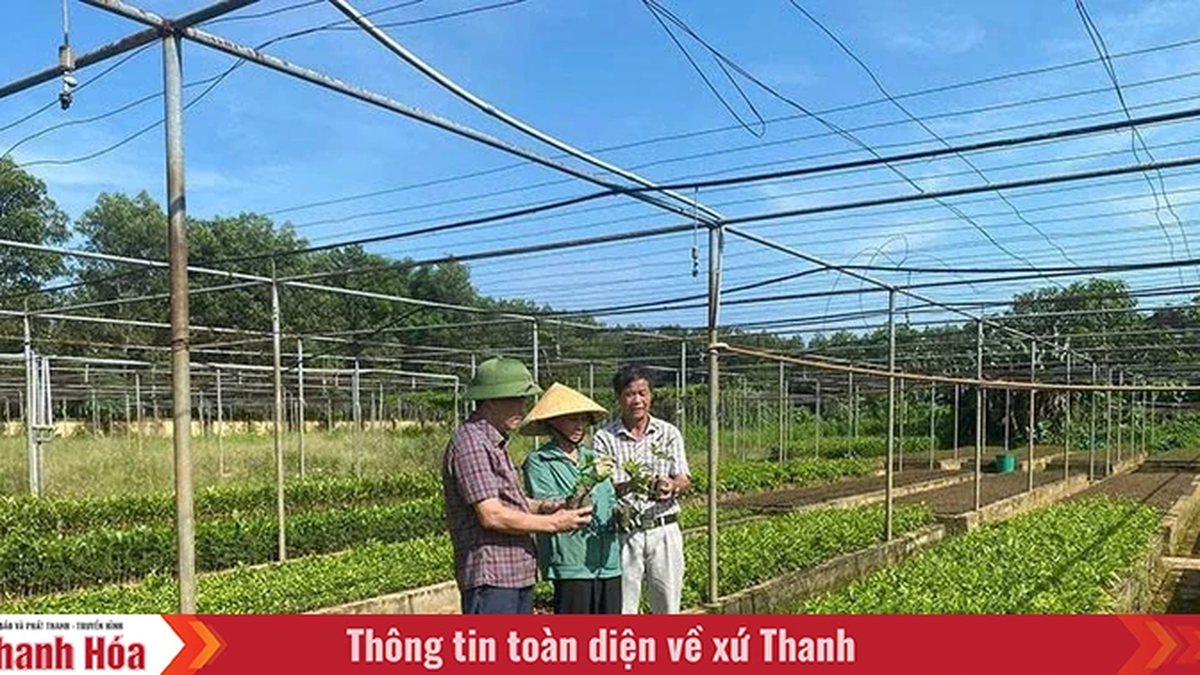

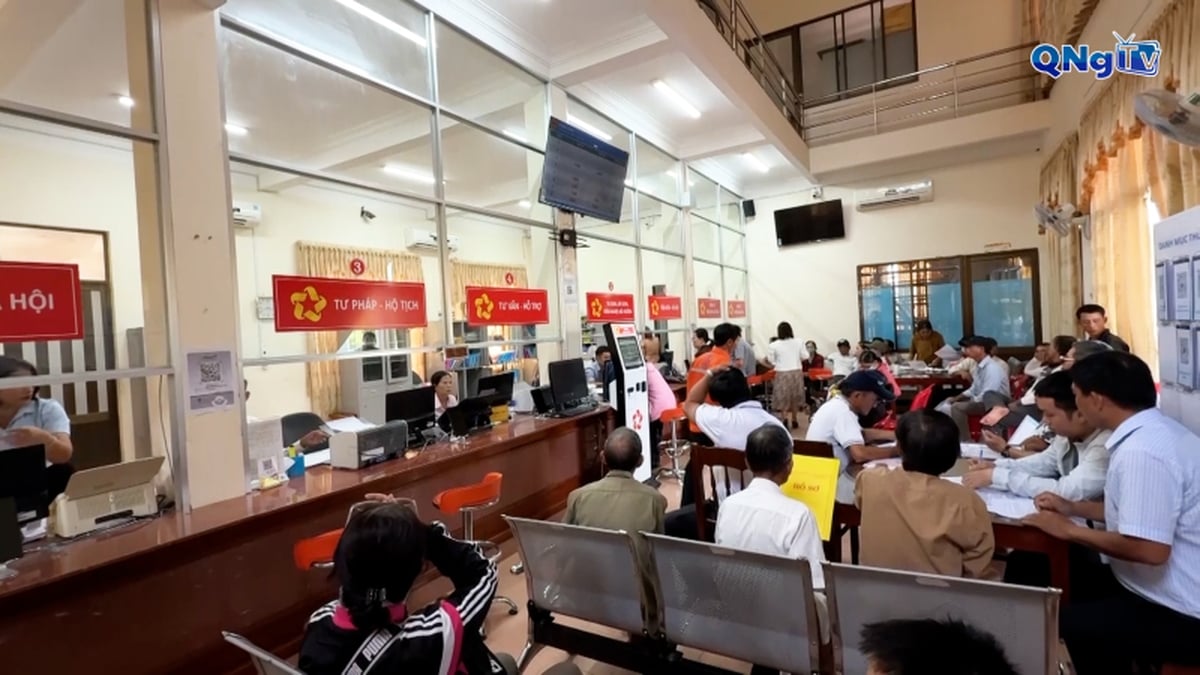





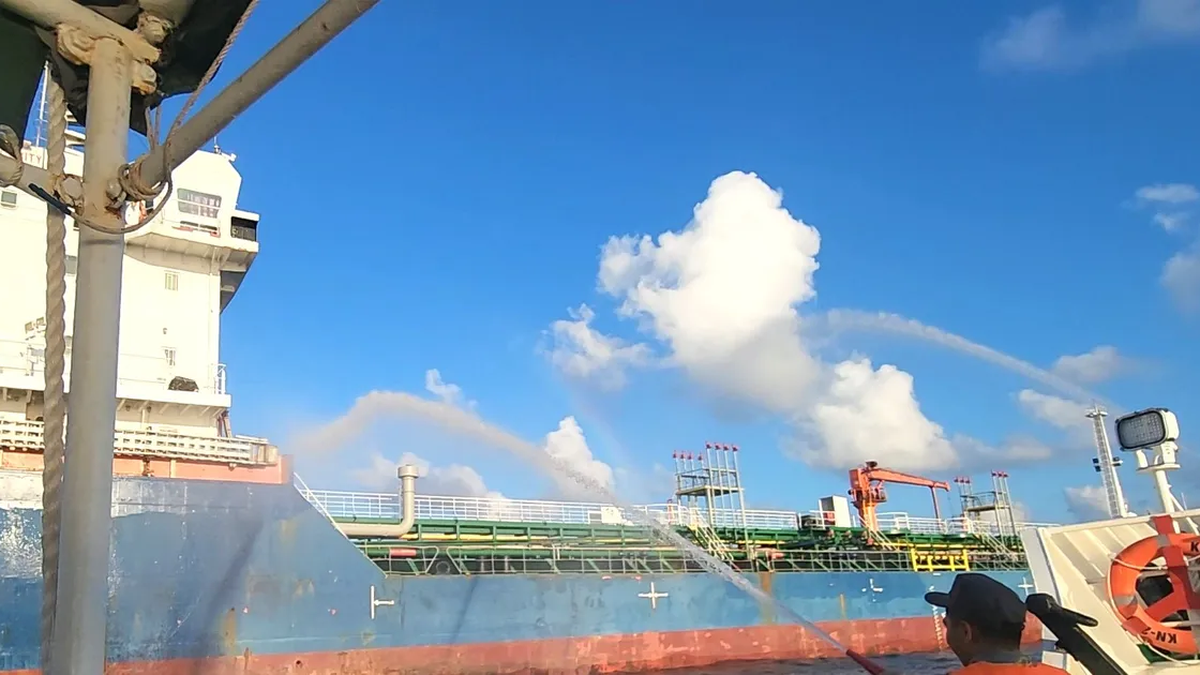
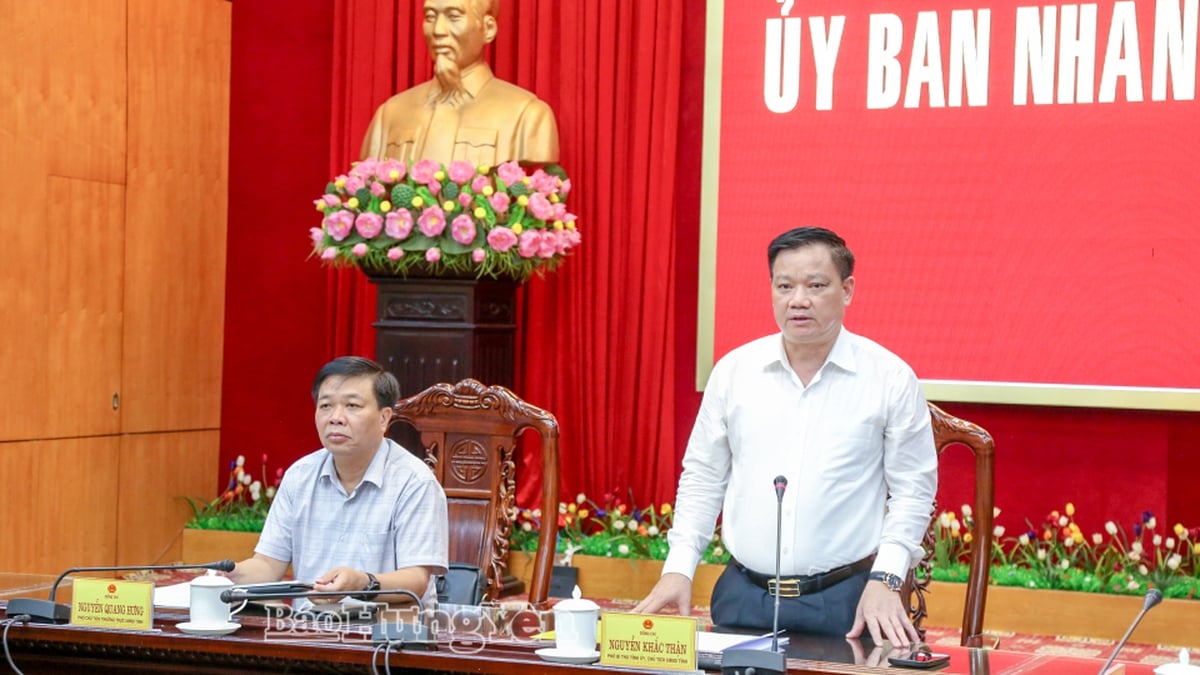


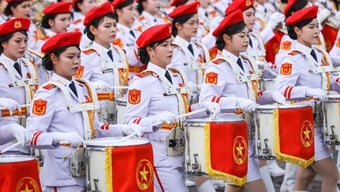








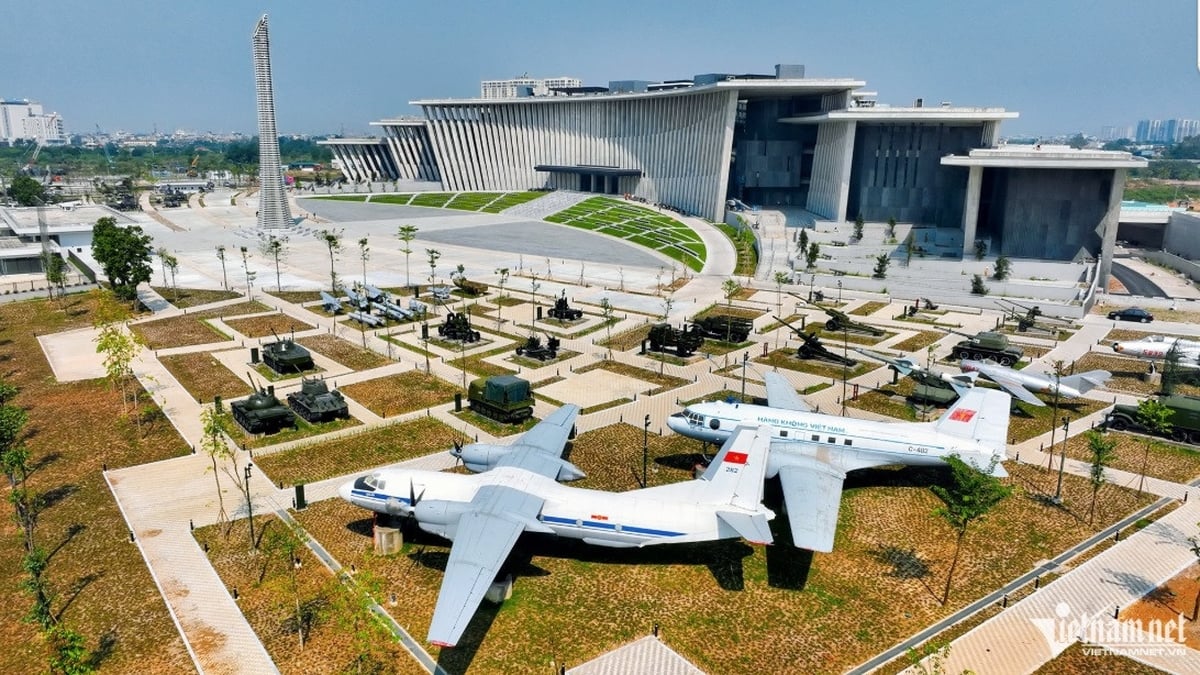

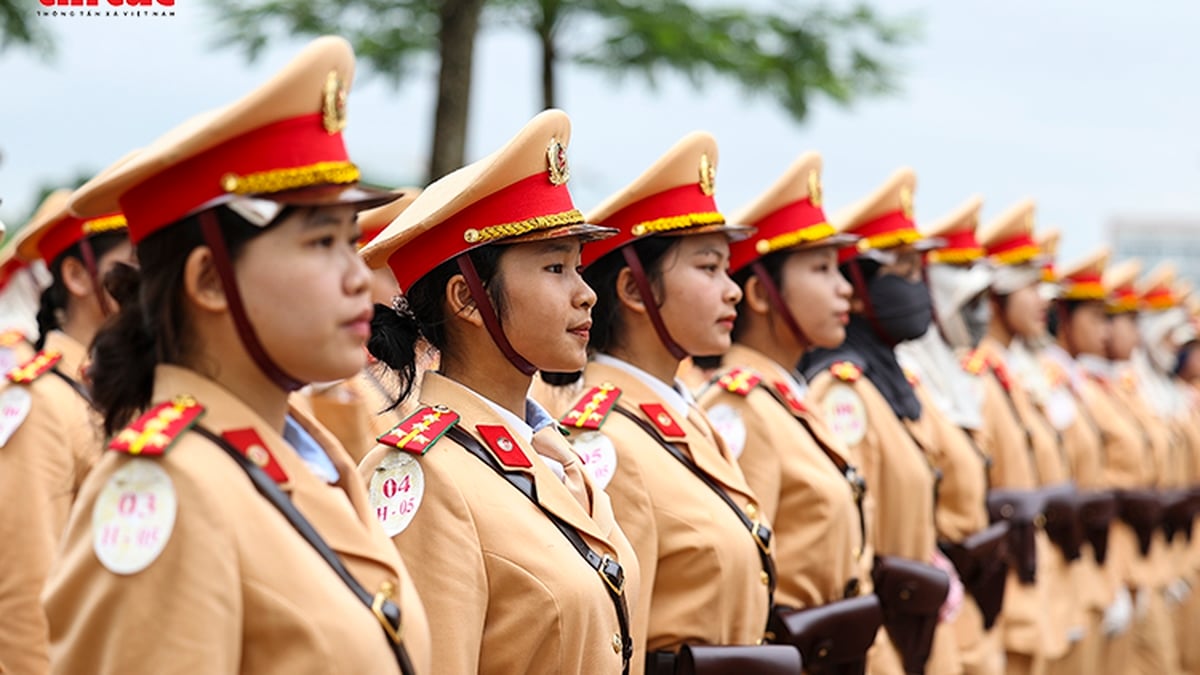





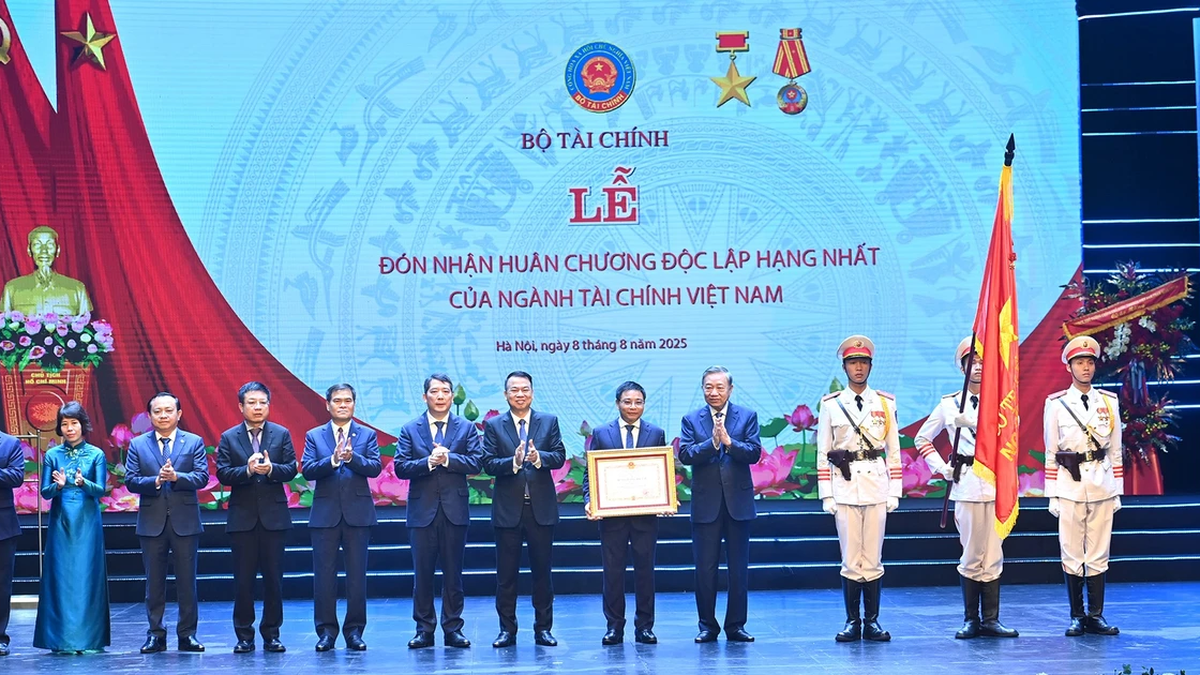


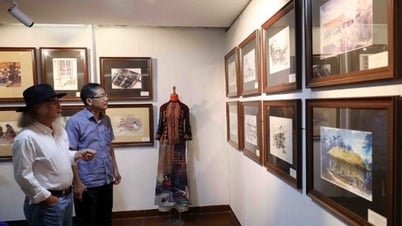

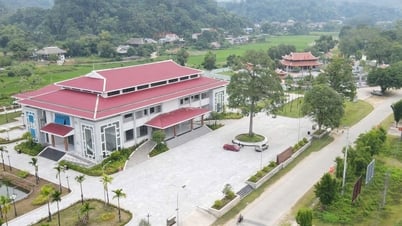







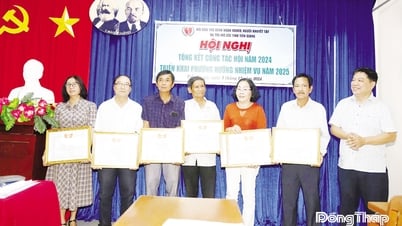



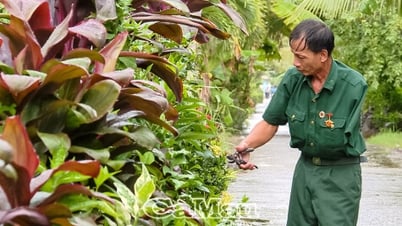











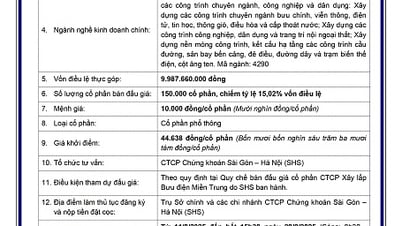
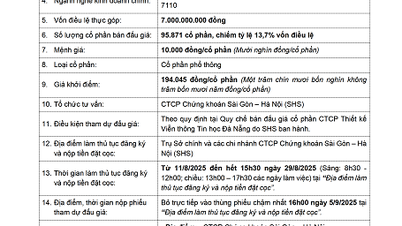

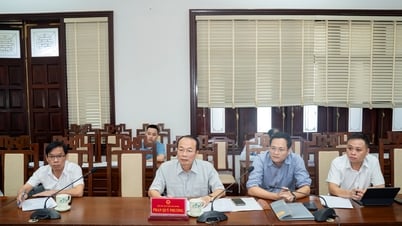
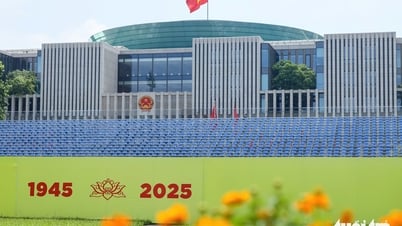







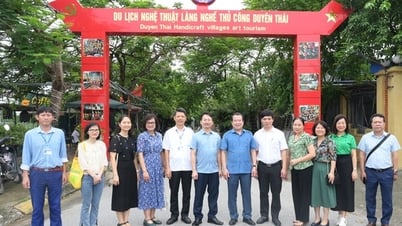
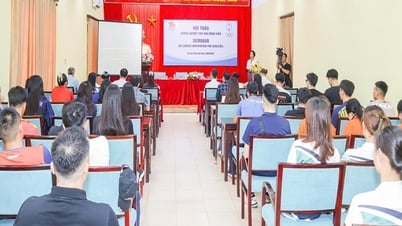
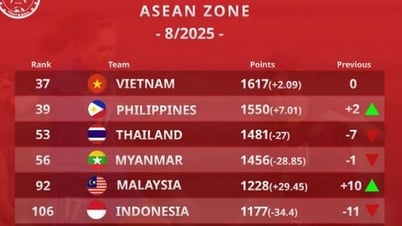
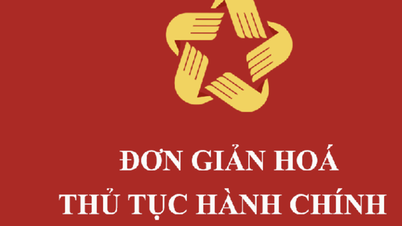


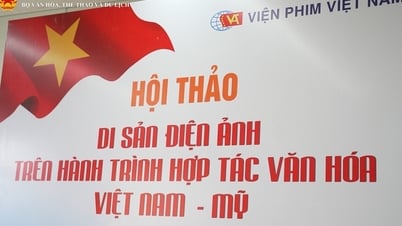






















Comment (0)